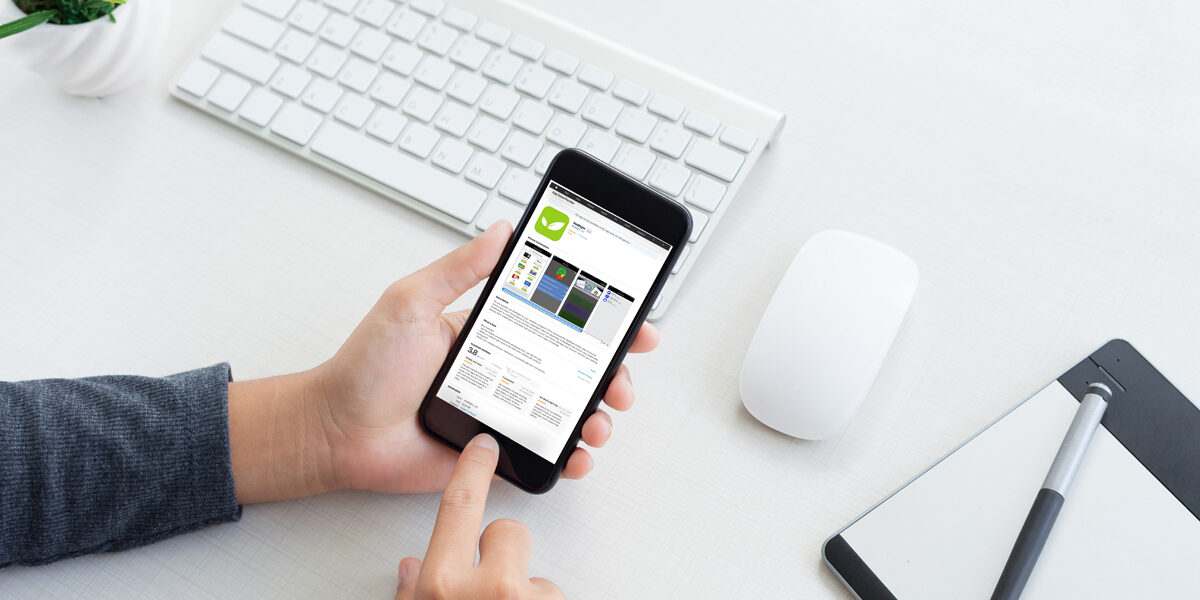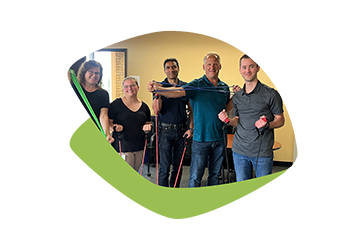Top 10 Features Your Wellness Portal Should Have


choosing the right wellness portal
What is a Wellness Portal?
A wellness portal is a private website dedicated to the health and wellbeing of your employees. Unlike a corporate wellness program, it is a TOOL to engage employees in health awareness to be their best selves. A wellness portal connects with co-workers to develop healthy habits and engage in activities that enhance their overall wellbeing.
What should you look for in a Wellness Portal?
When looking for a portal to engage your employees in your corporate wellness program, don’t be forced to conform to a portal’s limitations. Look for one that offers options and flexibility to keep the integrity of your program while enhancing the employee experience!
top 10 portal features
1. Social Connectivity
When working on health behavior change, social support is key. The more ways employees can engage with each other and feel connected the better. Look for portals that offer team and individual challenges, leaderboards, and ways to chat with other participants. Another great feature is the ability to set up activities and challenges between your peers. Whether it’s a steps challenge, squats challenge, or a sleep challenge, allowing participants to choose something they want to work on and be able to invite their family or peers is a great motivator!
2. Wellbeing Activities
It is important to be able to offer a variety of activities and challenges that address the whole person — not just physical wellbeing, but social, emotional, financial, career, and community wellbeing. Portals should be able to support your wellness goals and lift-up all of your wellness offerings so employees only have one place to go to engage, track and complete their requirements.
3. Education
If you want your employees to be well-informed, make it easy for them by providing ONE place for accessing information. Whether it’s documents, training, educational courses, videos or links to websites, your wellness portal should be the place where employees can access all the company health and wellness resources available to them.
4. Administrative Support
Who runs your portal once it is set up? Many portal companies claim they provide support, but that may just be a phone line or email support box. If you are assigned as the main admin for your portal, this is a red flag! Portal administration can be complicated and time consuming. Look for portal vendors who provide a portal management team that guide you in planning, do all the site set-up, take care of the ongoing administration of your wellness portal and provide you with regular analytics and reporting.
5. Health Assessment
When working on your wellbeing, it is helpful to understand the status of your health and know your numbers. A complete health assessment analyzes users’ health history, biometrics and habits, and goes beyond nutrition and exercise, analyzing factors like stress, sleep, job satisfaction, financial wellness, and sense of purpose. Look for portals that provide helpful nudges to guide participants from the awareness provided by the health assessment into activities and programs that address areas where they scored in the moderate to high risk category.
6. Self-Guided Programming
Look for portals that provide a variety of choices to participants, from programs, to courses, to the ability to create their own challenges and engage with their peers. Everyone’s wellness journey is unique. When participants can choose their wellness path and focus on things that are meaningful to them, they are more likely to be successful and adhere to the program.
7. Easy Tracking
Tracking stands at the core of engagement, so it should be free of limitations. Look for portals you can access from a computer, tablet, or mobile device. A huge barrier to engagement is complex tracking and having to reenter data in multiple places. With many people utilizing wellness apps and fitness trackers, make sure your portal can integrate with these apps and easily sync activity data. A portal app is very handy as well. Make sure it works with Android and iOS.
8. Flexible Incentive Structure
You want to be able to choose the best rewards and incentive structure for your employees. You may want to do points, wellness bucks, weekly drawings, premium discount, or PTO rewards. Look for portals that can support any budget and offer a lot of options for rewarding your employees. If you want to be hands off with distributing rewards, look for a portal that has an integrated rewards tool like a gift card mall.
9. Reminders
Trying to adopt a new habit is not easy, so the more ways participants can be reminded the better. Look for portals with pop-ups when you login, weekly emails, mobile push notifications and text alerts. These reminders help employees stay motivated and engaged!
10. Family Engagement
Those we live with are very influential in our health and habits, so a portal that engages the family will better support your employees’ wellness journeys. Look for portals that offer programs that family can be included in. Whether they can login to the portal and participate alongside the employee or just engage in family-based challenges and activities like healthy eating, game night, and volunteering together.



